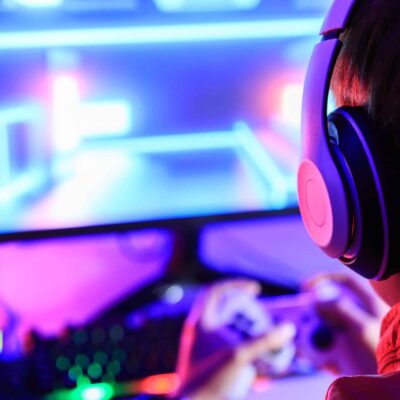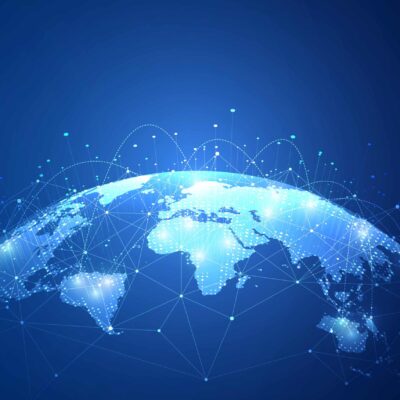Litigation in the wearable technology market has been increasing in frequency and scope as the market has moved from niche early adopters to the broader consumer market. In 2018, the global wearables market was valued at $9 billion—the U.S. market accounting for 32% of it. The market is expected to grow to over $87 billion by 2025[i] with the most significant growth drivers to include technological advancements in wearable devices and digital health awareness. Data privacy and usability remain necessary design elements for designers and manufacturers looking to advance in the race for dominance. With the outbreak of COVID-19, what impact will the response by individuals, companies, or governments to public health crises have on the wearables market?
Currently, wearables are mainly used for health/activity monitoring and mobile notifications. While these features augment a user’s daily life, new use cases are being put into practice by governments to contain the spread of COVID-19. In the middle of March, Hong Kong required new arrivals to wear an electronic wristband and use a mobile application to enforce self-quarantine. For the tracking to work, the wristband had to connect to the mobile application using a QR code. This use case is an example where a temporary low-cost wearable was used for a specific public health response—surely a sign for more innovation to come.
But how does the example of Hong Kong’s electronic wristband inform how the government will interact with companies in times of crisis regarding the use of wearable technology? Privacy measures to mitigate security risks between individuals, family members, doctors, companies, or the government is an area that will require further exploration and possible regulation. From an IP standpoint, the quality of hardware and software and issues involving sharing, storing, and connectivity will play a role in creating standards for privacy in wearable devices. Today, Apple encrypts users’ health data on the user’s device as well as on Apple’s servers. Insert a third-party to that formula, and a whole new set of provisions may need to be put in place.
Beyond tracking citizens for self-quarantine measures, wearables can be used by doctors and health practitioners to track the health and quality of life of patients. Several companies, including WHOOP and Oura, have launched wearable technology that monitors body temperature, heart rate, heart rate variability, and respiratory rate as indicators of COVID-19 symptoms[ii]. Over time, other innovators will surely jump into the race to try and take command in the market.
Aside from technological features, wearable devices—specifically for health monitoring—need to be economically feasible. The top three players in wearable technology in 2018 were Apple, Xiaomi, and FitBit[iii]. The top industry players as patent assignees were Samsung, Alphabet, Microsoft, Apple, and Qualcomm[iv]. These companies have large patent portfolios in sensors, sensor systems, power, and product features; however, these patents are only 2-6% of the company’s entire patent portfolio. Companies who diversified into the components and types of wearable technology will be key to transforming how technology is leveraged for different conditions as compared to companies whose product line is based on just a wearable device.
As the wearable market expands and opens into new arenas, WIT expects litigation in this space to grow as well. The sales numbers provide too tempting of a damages target for it to be ignored.








